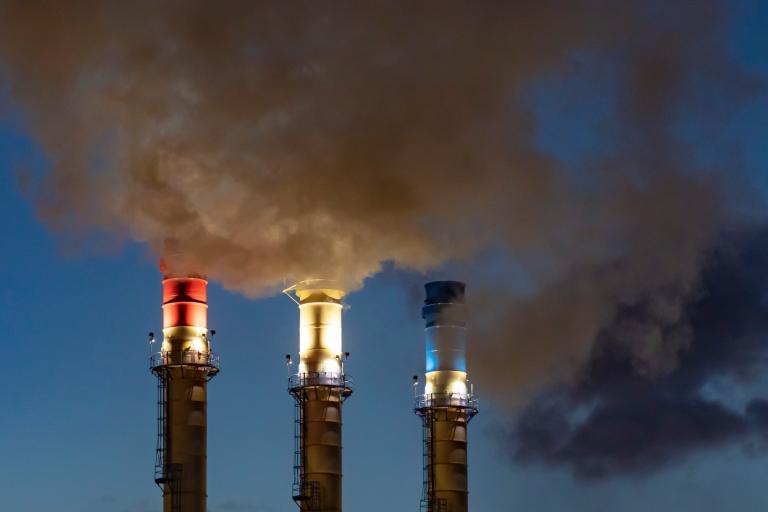In order to further elucidate the role of animal welfare issues in environmentalism, let us examine mission statements from some of the top environmental organizations in the world.
Let’s start with the first line of the mission statement from the World Wildlife Fund:
“Protecting natural areas and wild populations of plants and animals, including endangered species.”
Notice that WWF talks about protecting wild animals independently of whether they are endangered (only later do they go on to discuss the sustainability of resources).
Here’s the first sentence from the mission statement for the Defenders of Wildlife:
“Defenders of Wildlife is dedicated to the protection of all native wild animals and plants in their natural communities.”
The statement goes onto to discuss sustainability and ecosystem protection, but the protection of all wild animals is front and center.
Here’s the mission statement from the Natural Resources Defense Council:
“The Natural Resources Defense Council’s purpose is to safeguard the Earth: its people, its plants and animals and the natural systems on which all life depends.”
The statement also goes on to mention sustainability, but only after safeguarding all life on Earth. (Notice also that NRDC does not make the same distinction between animals and wild animals as the other two.)
Those of you who argue for the strict separation of animal welfare issues, ask yourself if what you are proposing is consistent with these mission statements. For example, could they meaningfully be interpreted to make room for the following:
The treatment of animals by human hands is part of our mission only to the extent that entire species or ecosystems are concerned; we take no position on how non-endangered animals are treated.
Not only is it clear that the answer is no, but if any of these groups were ever to include such a statement, there would be a huge outcry by their members and other members of the environmental community. And for good reason: there are no other organizations with the international scope capable of addressing these issues in a systematic fashion. Protecting animals from abusive exploitation is implicitly a part of their core mission, regardless of whether those animals are on the brink of extinction or not. These organizations do not explicitly refer to “animal welfare” in their mission statements, but it is clear that they stand for the protection of animals in a much broader sense than simple sustainability.
So let’s stop kidding ourselves.
While I do not doubt the sincerity of those who wish to separate environmentalism from animal welfare issues, they are simply ignoring reality. Environmentalists are not somehow putting on a new “hat” when they express concern about the brutality of whale or dolphin slaughter, or the clubbing of baby seals for fur coats. They are expressing legitimate environmental concerns, which are just as significant as buying a Prius or recycling.
And for those who think the risk of being associated with animal rights extremists is serious, my response is that we need to carve out a sensible and moderate position or else that vacuum will be filled by the fringe. I would prefer that the public look to respected environmental organizations for guidance on animal welfare issues instead of groups like PETA (despite the fact that much of what PETA does is entirely reasonable); this would be good for both people and the animals.
In order for this to happen we need to drop the false dichotomy that some here on Grist continue to subscribe to and work on articulating more precisely what “protecting” animals and life on earth means. It’s not as hard as it may seem.
Coming soon: A statement of principles for environmentalists regarding animal welfare.


